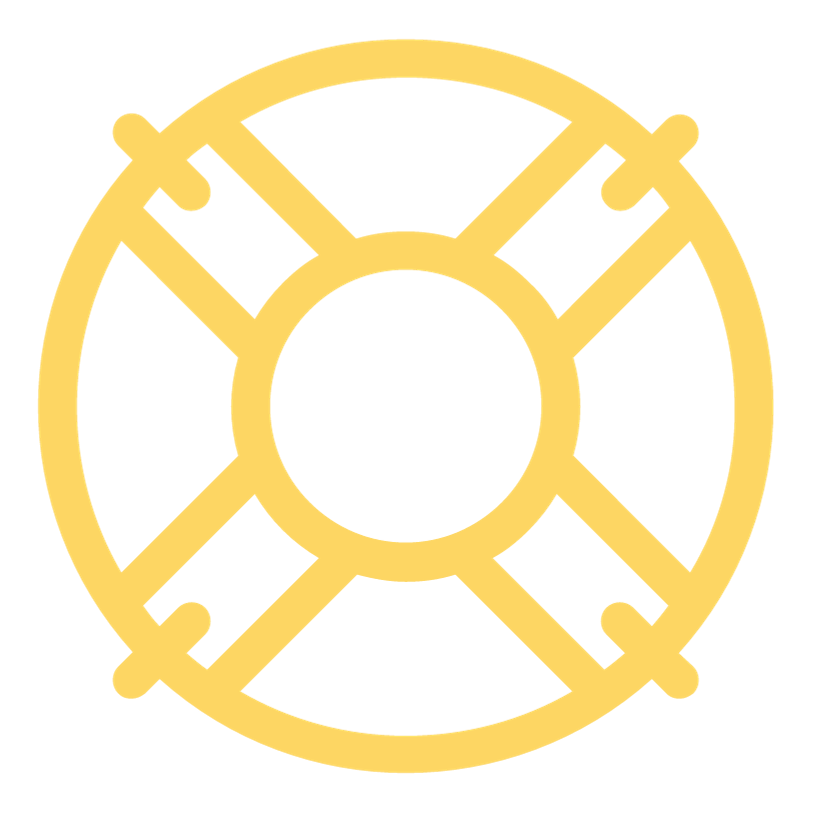This is the 2. lesson in our series of industry-specific Luxembourgish Language.
Today’s focus is healthcare. Whether you’re a nurse, doctor, or receptionist, using a few key phrases in Luxembourgish can make a world of difference—both for your patients and your confidence.
Do you ever wonder what to say when a patient arrives and only speaks Luxembourgish?
Even if you’re still learning the language, knowing how to ask basic questions—like “Wéi fillt Dir Iech?” or “Hutt Dir Féiwer?”—can help you connect and care more effectively.
In this lesson, we cover:
- 10 practical vocabulary
- Simple phrases you can use right away
- A short, realistic dialogue to help you practise real-life conversations with patients
In healthcare, clear and compassionate communication is essential.
That’s why we will explore in this episode simple, practical vocabulary and phrases that you can start using today, even if you’re still learning the language.

10 Core Vocabulary You Should Know
Let’s start with the basics. These are words you might use multiple times per day:
- de Patient / d’Patientin – the patient (male/female)
- eng Sprëtz – an injection
- eng Tablett / e Medikament – tablet / medication
- eng Entzündung – an inflammation
- eng Behandlung – a treatment
- Féiwer hunn – to have fever
- Péng hunn – to have pain
- de Bluttdrock moossen – to take / to measure the blood pressure
- ënnersichen – to examine
- sech gutt / schlecht fillen – to feel good / bad

Useful Phrases You Can Use Immediately
Let’s now put some of this key vocabulary context by making some sentences you can use in real-life situations.
- Wéi fillt Dir Iech? – How are you feeling?
- Hutt Dir Féiwer? – Do you have fever?
- Hutt Dir Péng? Wou genee? – Do you have pain? Where exactly?
- Ech ënnersichen iech elo. – I’m going to examine you now.
- Ech ginn Iech eng Sprëtz. – I’m giving you an injection.
- Ech moossen äre Bluttdrock – I’ll take your blood pressure
If you would like to learn more how to use the key vocabulary you’ll need at your workplace then join our Speak Business Luxembourgish Confidently Club – I invite you to read all the details on my webpage

A Short Dialogue Example
Let’s hear a sample exchange between a doctor and a patient. Listen for the structure—you can model your own conversations like this:
Dokter: Wat hutt Dir dann?
Patient: Ech hunn zënter gëschter vill Kappwéi.
Dokter: Hutt Dir nach aner Symptomer?
Patient: Jo, ech hu liicht Féiwer an ech si midd.
Dokter: Hutt dir schonn eppes ageholl?
Patient: Jo, zwou Tabletten géint Péng, mee et geet net besser
Dokter: Hmm, dann ënnersichen iech emol. Da kucke mir, wat lass ass.
Even if you only use part of this conversation, you’re showing effort—and building trust.

Practical Tips for Busy Professionals
Here’s how to integrate Luxembourgish into your workday—even if you’re short on time:
- Choose one phrase per day to focus on. Write it on a sticky note and place it near your computer or workstation.
- Practice greetings and basic questions regularly, like “Wéi geet et Iech?” or “Hutt Dir e Rendez-vous?”
- Use repetition—try using the same phrase with 5 patients in a row. It’ll stick faster.

Wrap-Up
Don’t forget—perfection is not the goal. Connection is. Every word in Luxembourgish is a step closer to better communication and more confident interactions.
👉 If you’re ready to go deeper and learn how to speak confidently and appropriately in formal or business settings, check out my self-study course “Formal and Business Luxembourgish Language.” It’s designed for professionals who want practical language, to express themselves clearly and correctly at work.





